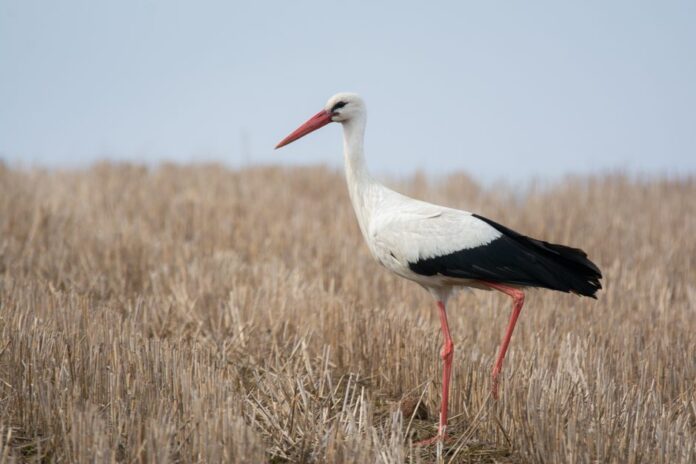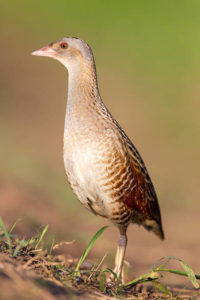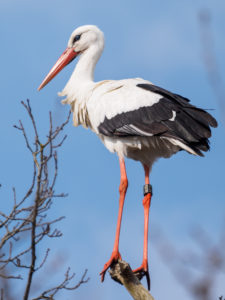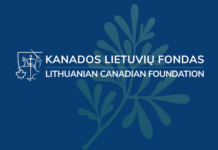
Over the past 20 years, the Lithuanian Ornithologists’ Association (birdlife.lt) has noted that bird populations in Lithuanian farmlands have decreased by half, and that decline has increased fivefold. Diversity in natural environments has also decreased, due to pollution from pesticides and fertilizers, real estate development, land reclamation and monoculture.

According to the Association’s statistics, the most drastic decline is occurring among the populations of white stork, crake, barn swallow, shrike and goldfinch, with Northern lapwing, pipit and whinchat also showing negative growth. The predominance of grain cultivation over livestock farming has caused changes in field and pasture management. The use of pesticides has reduced natural food sources for many species of birds, especially in winter.
Environmentalists know that birds are ecologically sensitive and highly mobile, and thus are one of the best indicators of biodiversity or the lack thereof. The Lithuanian Ministry of the Environment warns that degradation of the ecosystem is already affecting the country’s economy, and advises taking immediate measures to ensure more benign and balanced farming practices.

Many European Union members and other countries are monitoring bird populations. The comprehensive results of such monitoring is the key to understanding changes in bird populations. Those countries have agreed on a common indicator for this purpose, the Farmland Bird Index (KKPI in Lithuania). It is used by the European Union as the basis for evaluating agricultural policy as to its favorability toward bird populations and biodiversity in general.
The European Union and its statistics agency “Eurostat” promote the use of this index for evaluation of agricultural policy and the general study of biodiversity.
Abridged from Alkas.lt



























